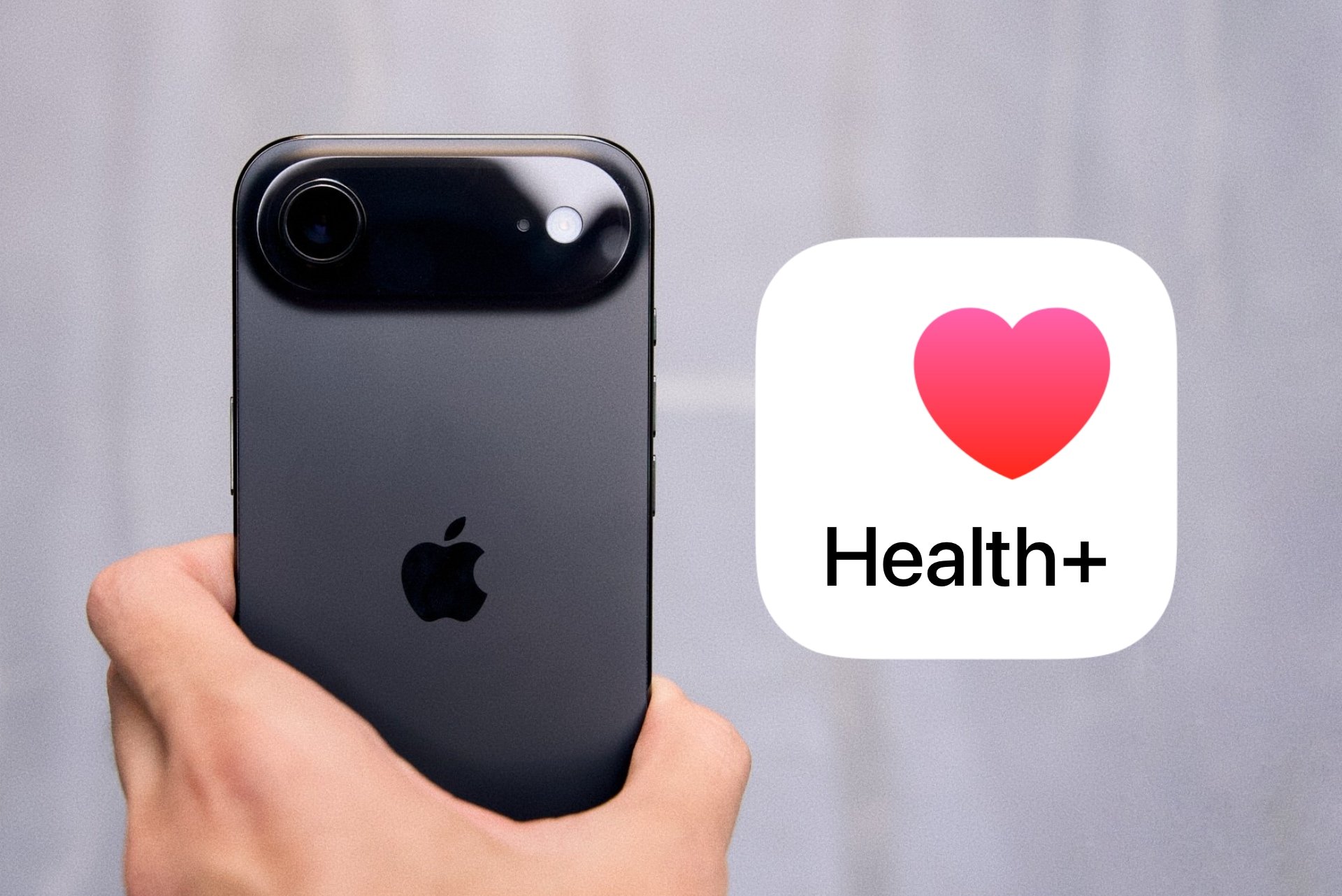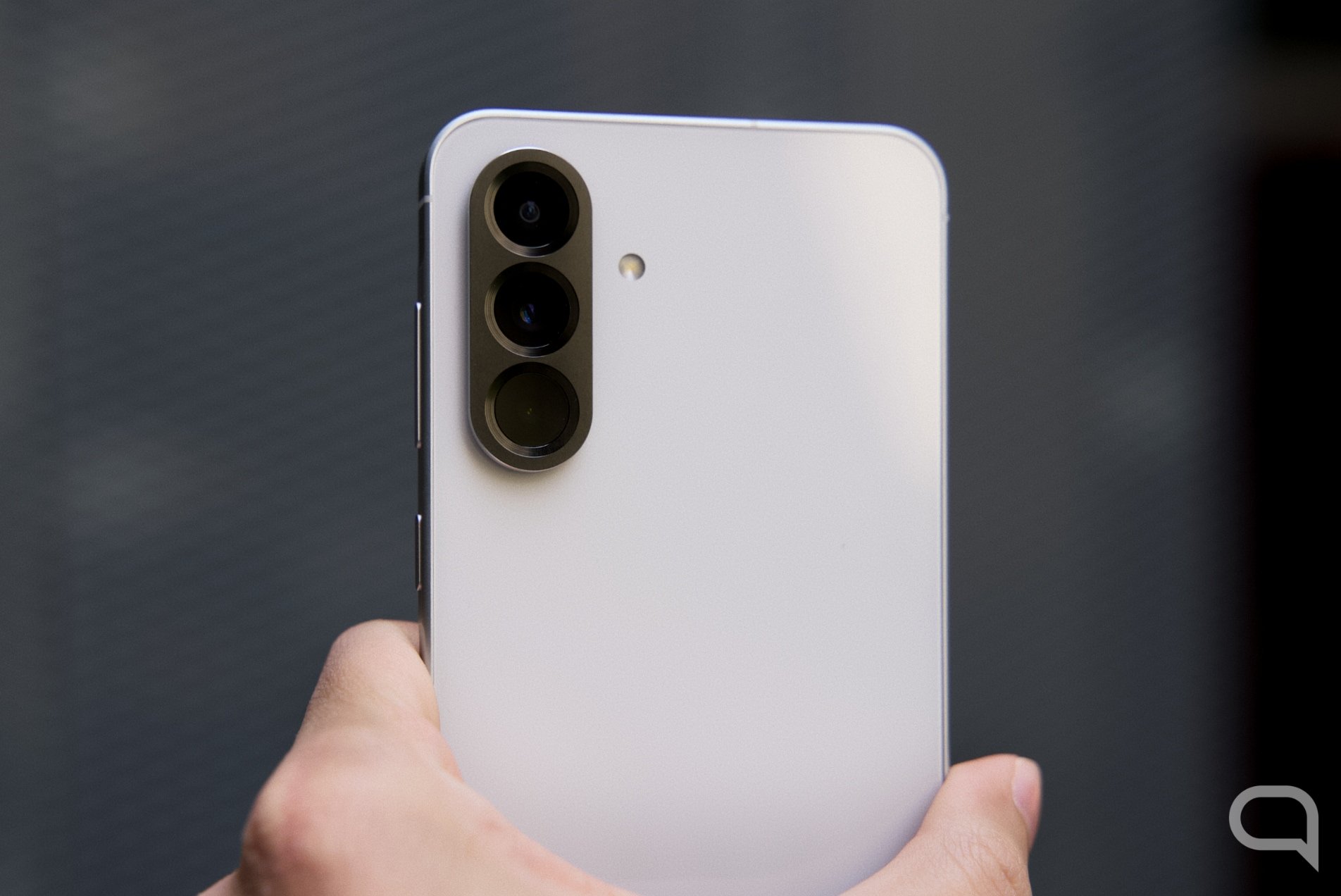It’s February 2024 and I’m already having a hard time keeping track of Xiaomi. In a matter of weeks, the Chinese company presented up to eight mobile phones from two of its brands: Redmi and Poco; including models such as Redmi Note 13 Pro or Poco X6 Pro. All, of course, with their differences, but also with many similarities between them and the same question that the Chinese company always forces us to ask ourselves: which option is better?
In this analysis we will focus on Poco, which costs less than 400 euros.
This particular Poco X6 Pro He has two competitors in his own house. On the one side, Small X6, with which it shares many features, except the processor, and is available for 50 euros less. On the other side, Redmi Note 13 Pro+ 5G, which can be purchased for 450 euros and with which it also shares some characteristics. In fact, sections such as the screen or battery capacity are almost the same in both models. The differences between them are, yes, somewhat strange.
For example, Poco X6 Pro has a more powerful processor than Redmi Note 13 Pro+ 5G. The Redmi brand model, however, has a higher resolution camera and more powerful fast charging, despite the fact that, again, they have the same battery. The difference in this case is 100 euros. Something that makes us doubt whether it is better to save this amount and bet on this X6 Pro or add another 100 euros for a mobile phone with a better camera. but with a worse processor.
Recognizable improved design and matching screen
Poco phones usually have a generic design without much fanfare, and this time was no exception. Poco X6 looks almost the same as any other mobile phone from the brand, although something more sophisticated.
The frames are made of aluminum, which makes it more visually attractive and also fits more comfortably in the hand. The back, although made of polycarbonate, It has a shiny surface that imitates glass. And the truth is, it sucks. All this combines to make the Poco X6 Pro look good at first glance, although in my opinion the camera module located at the top ruins the aesthetics a bit.
The Poco X6 Pro also comes in a variety of color options, including an ostentatious yellow option that should be avoided; black, although the most beautiful, attracts fingerprints; and a grayish tone, which is also very well achieved.
The screen, on the other hand, matches the design. Poco X6 Pro mounts panel 6.67-inch AMOLED with a resolution of 2712 x 1220 pixels.. It also has a 120Hz refresh rate and a maximum brightness of 1800 nits. This is an excellent screen, both in color and sharpness; very good for its price category.
Performance and autonomy

The Poco X6 Pro introduces the processor—literally. This is the first mobile phone to include MediaTek Dimensity 8300 Ultra, a SoC designed for the mid-range that we will probably get tired of seeing in 400 euro mobile phones. The processor is accompanied by 12 GB of RAM, as well as 512 GB of internal memory.
This combination gives very good results. Poco X6 Pro moves smoothly and can open any app or game without any problem.. It’s true that we found some lag or animation cuts when navigating the interface, but this is likely due to software issues that Xiaomi will likely fix in future updates.
In terms of battery life, Poco X6 Pro has 5000 mAh battery capacity that allows you to use your smartphone all day without problems, even with intensive use. The software also includes various battery saving modes, which can be especially useful when we’re away from home.
And speaking of software, Poco X6 Pro comes with HyperOS, Xiaomi’s new operating system, which isn’t really an operating system as such, but rather a customization layer running on top of Android. It’s actually quite similar to MIUI, but with some design and app changes that make it a bit more minimalistic and customizable. It’s still a very complete interface, although, like MIUI, there are a lot of unnecessary and not very useful settings and functions.
These are the cameras of Poco X6 Pro

Poco phones don’t usually stand out in the photo section. In fact, this is where Xiaomi usually cuts corners to ensure that the mobile phones of this brand are so attractively priced. And this X6 Pro is no different. The terminal has Main camera 64 megapixels which is accompanied by a second 8-megapixel ultra-wide-angle camera and a 2-megapixel macro sensor.
Leaving aside the macro sensor, which is practically useless, then main camera It does its job well when the light is good. Images are colorful, although in some cases the processing tends to saturate the brightest tones. They also offer good detail. When there is little light or indoors, the camera tends to generate a little more noise; something common for mid-range mobile phones.
ultra wide angle camera It also performs well in reasonable lighting conditions, although not on par with the main sensor, and focusing is somewhat less accurate. However, in night scenes the sensor tends to lose a lot of information; the same as indoors.
Is Poco X6 Pro worth the money?

Poco X6 Pro, available for 350 euros, this is probably one of the best mid-range phones we can buy today. It’s very sleek and the screen is excellent for this price range. The terminal also does not skimp on performance and autonomy; In both cases it works perfectly.
Where Poco X6 Pro is weakest – in the photographic section. Its cameras are decent in reasonable lighting conditions, but suffer from noise in some situations. This is where the Xiaomi Redmi Note 13 Pro+ 5G is likely to take advantage.
Therefore, if you are looking for a powerful mobile phone with a good screen and a decent design and your budget is around 350 or 400 euros; Poco X6 Pro is perhaps the best option. In my opinion yes, I don’t think it’s worth saving those 50 euros in exchange for a less powerful processor.
On the other hand, if you are looking for a mid-range mobile that stands out in the photography section, you can pay 100 euros more for the Redmi Note 13 Pro+ 5G, which also has a slightly more refined design. Of course: in this case you will have to give up power. Whatever you choose, the answer seems to lie with Xiaomi.
Source: Hiper Textual
I’m Ben Stock, a highly experienced and passionate journalist with a career in the news industry spanning more than 10 years. I specialize in writing content for websites, including researching and interviewing sources to produce engaging articles. My current role is as an author at Gadget Onus, where I mainly cover the mobile section.













